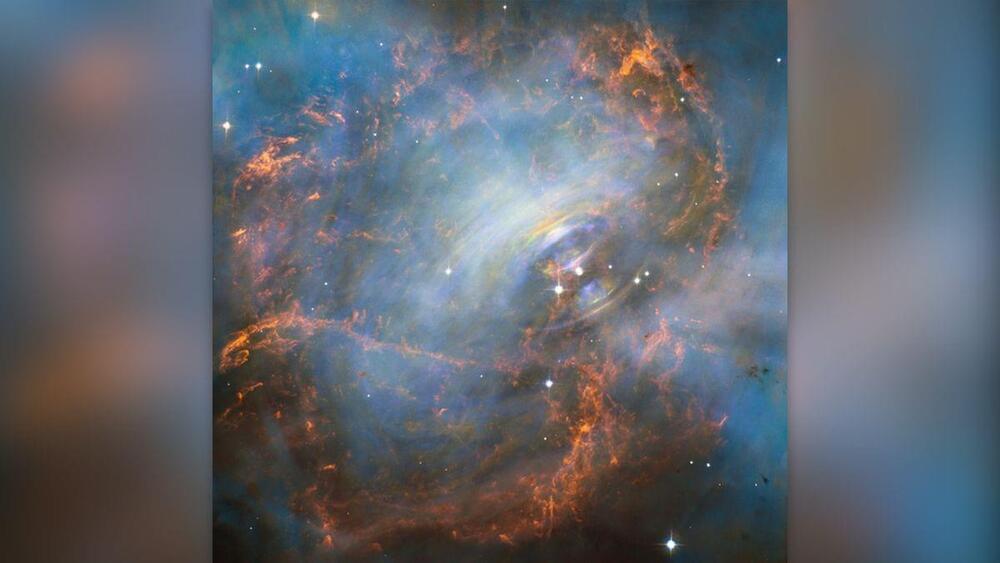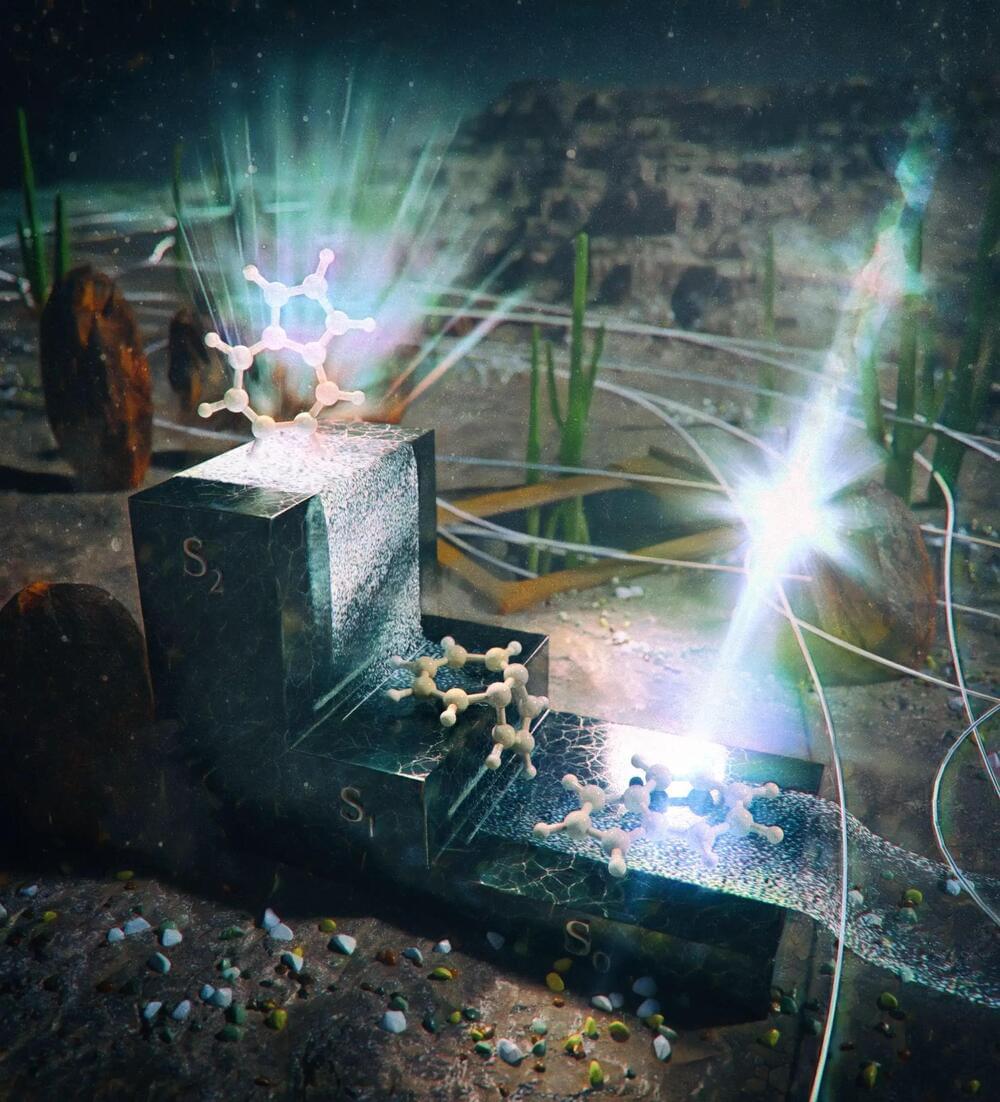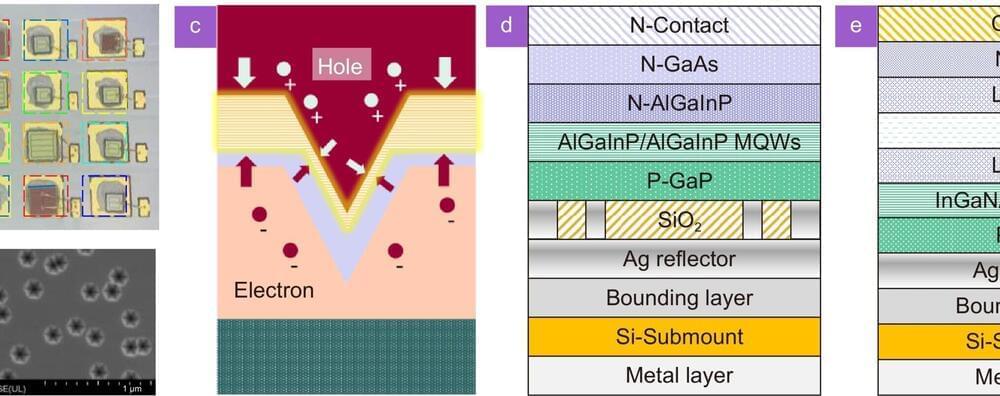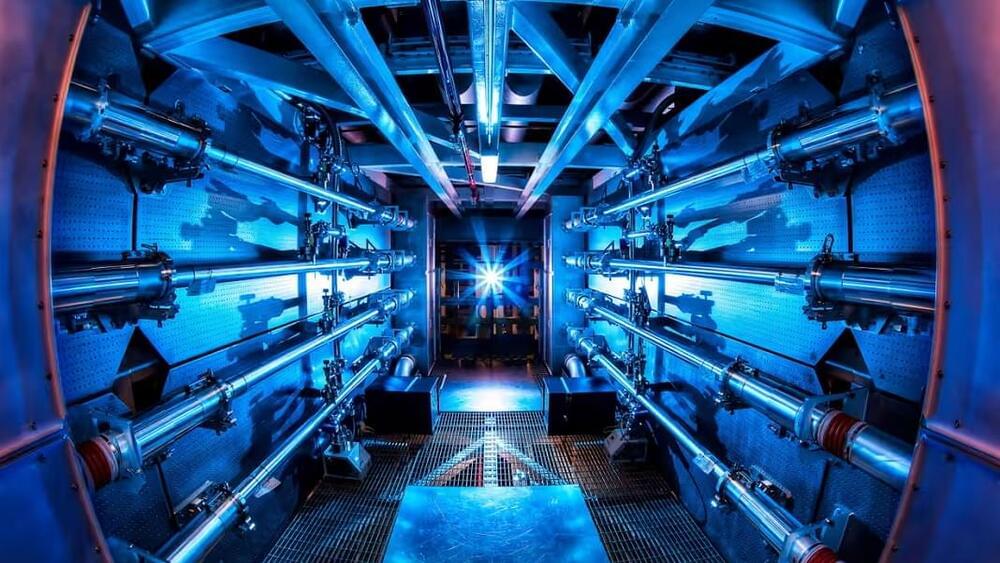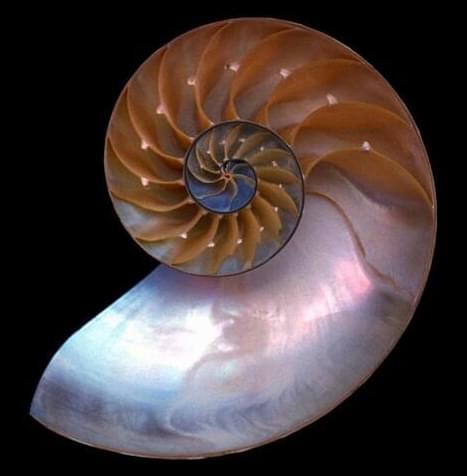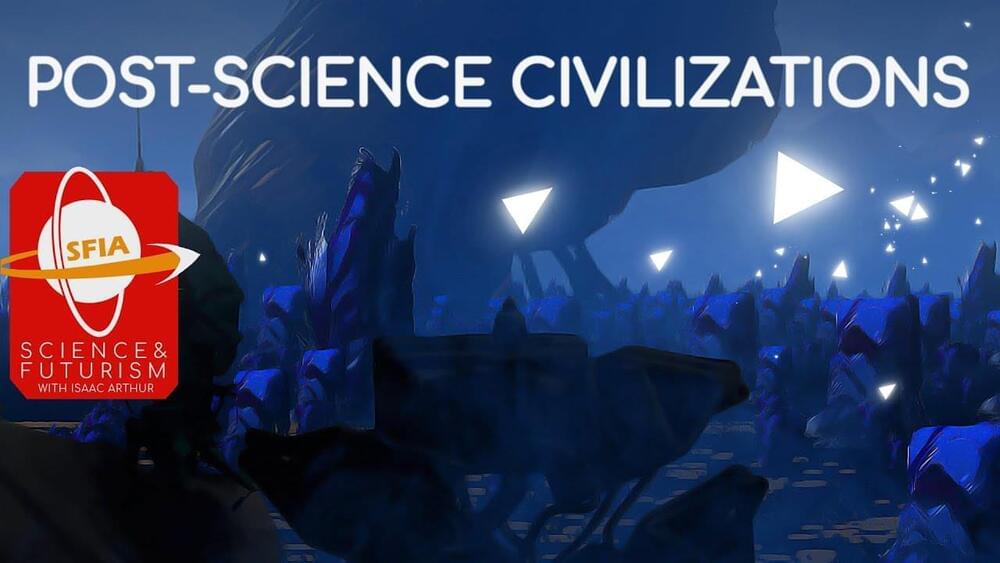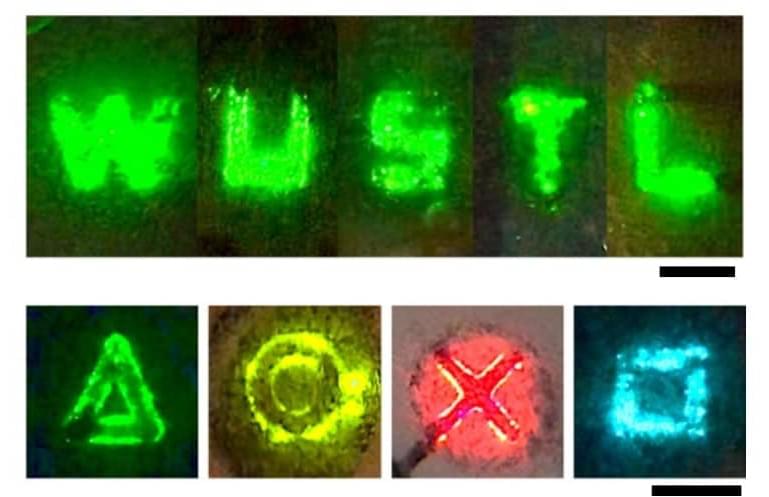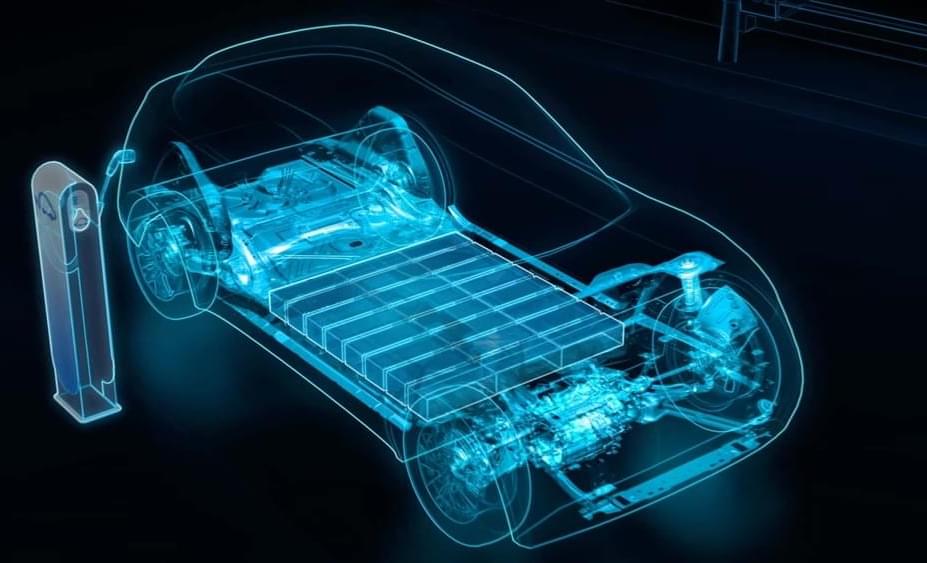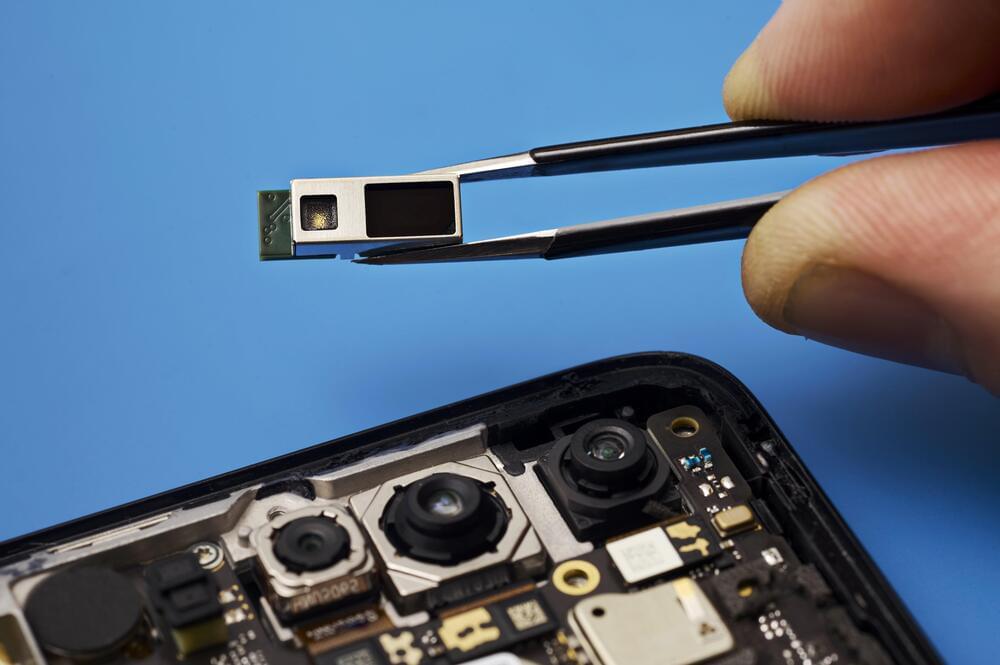
It would probably be an understatement to say that Li-Fi players everywhere must be thrilled with the recent ratification of the light-based wireless communications standard, IEEE 802.11bb. The certification provides a globally recognized framework to deploy Li-Fi technologies and sets the stage for Li-Fi systems to interoperate with Wi-Fi networks, each of which should trigger faster technology adoption. And for Li-Fi users, the standard opens the door to eye-watering data speeds of up to 224 Gbps, way faster than even the 40-Gbps data rates promised by next-generation Wi-Fi 7.
Li-Fi is a wireless technology that uses light rather than radio frequencies to transmit data. It was first… More.
“In my view, the impact of the new standard will be huge,” said Harald Haas, Li-Fi pioneer, chief scientific officer of pureLiFi and professor of mobile communications at the University of Strathclyde, U.K. “We’ve truly opened up wireless communications in the optical domain, which is a big step.”
Continue reading “Li-Fi: The Networking Standard That Could Change Wireless” »
